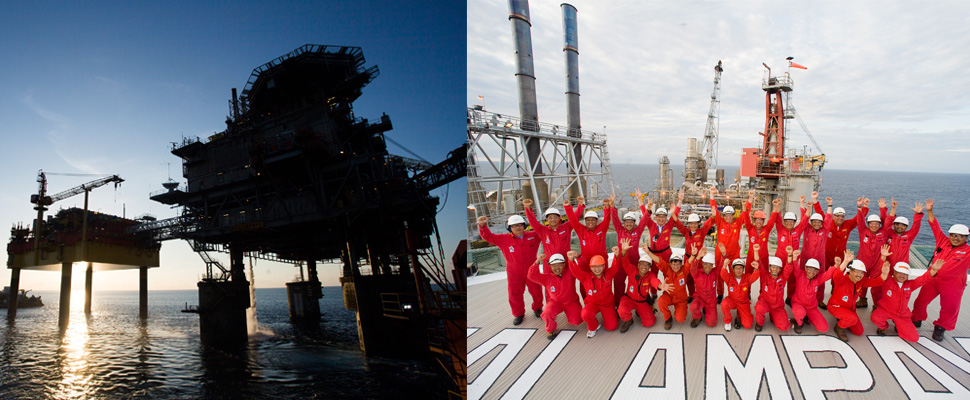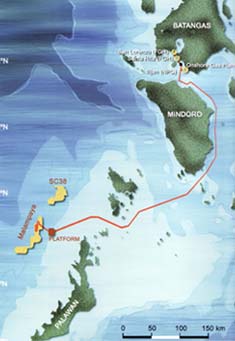The Malampaya Project: The Big Picture
The Malampaya Deep Water Gas-to-Power Project signaled the birth of the natural gas industry in the Philippines. Located 50 kilometers offshore Northwest Palawan, the Malampaya project began its commercial operations in January 2002 and has contributed over USD$12 billion in revenues to the Philippine government while powering up to 20% of Luzon’s electricity requirement.
A Story of Power
The Malampaya Deep Water Gas-to-Power project is one of the largest and most significant industrial endeavors in Philippine history. A joint undertaking of the Philippine national government and the private sector, the project is spearheaded by the Department of Energy (DOE), and developed and operated by Prime Energy on behalf of joint venture partners Udenna Corporation and the Philippine National Oil Company-Exploration Corporation.
Since it began operations in 2001, the Malampaya project has produced cleaner-burning natural gas which supplies four power plants in Luzon, the country’s largest island, with a combined capacity of 3,200 megawatts.
Malampaya is benefiting the country in countless ways, including reducing oil imports, ensuring a more stable supply of cleaner energy from an indigenous resource and meeting up to 20% of the country’s energy requirements.
In 2013, the company embarked on Malampaya Phases 2 and 3, which aimed to maintain the level of gas production to fulfill commitments under existing gas sales agreements, thus ensuring the steady supply of natural gas to power the Luzon electricity grid.
Two additional production wells were successfully installed in 2013 to signify the completion of Malampaya Phase 2. In 2015, Malampaya Phase 3, which involved the design, fabrication and installation of a new Depletion Compression Platform was completed. This is the first offshore platform to be fully built in the Philippines, thus enhancing local employment opportunities and bringing technical expertise into the country.






